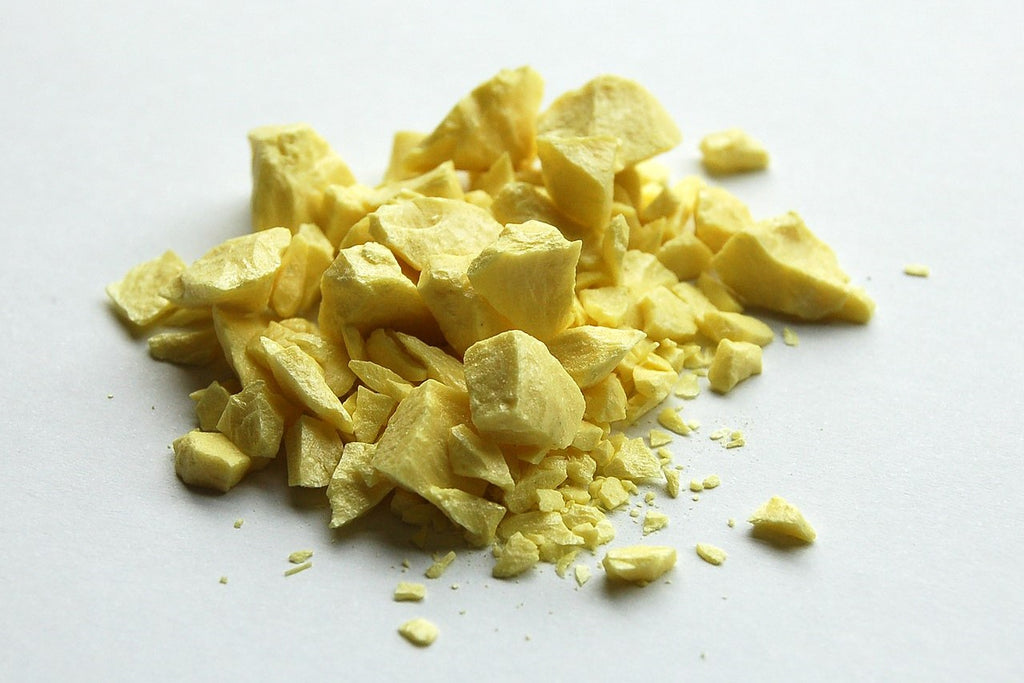Natural Rubber
Natural Rubber is an elastic substance obtained from the latex sap of trees, especially those trees which belong to the genera Hevea and Ficus. Technically speaking, natural rubber is an elastomer or an elastic hydrocarbon polymer. Natural rubber is one of the types of rubber that also include vulcanized rubber which is finished into a variety of rubber products. Natural rubber is also known by the names of India rubber, gum elastic, and caoutchouc.
Types of natural Rubber:-
- RSS 1 to RSS 5
- ISNR 20 (local and imported)
- SVR 3L (Vietnam)
- Latex (60% DRC)
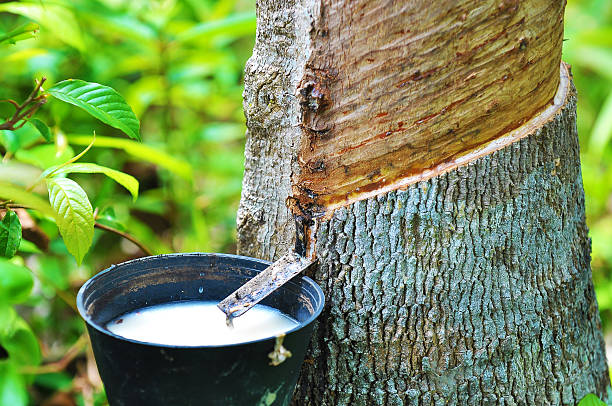
Styrene-Butadience Rubber
Styrene-butadiene rubber, or SBR as it is also known, is a general-purpose synthetic rubber that is manufactured from a copolymer of styrene and butadiene. Perhaps the most widely used synthetic rubber in production today, SBR is predominantly used in the manufacture of car tyres and is widely employed as an abrasion-resistant alternative to natural rubber.
Types of Styrene-Butadience Rubber:-
- SBR 1502
- SBR 1712 (37.5 PHR oil)
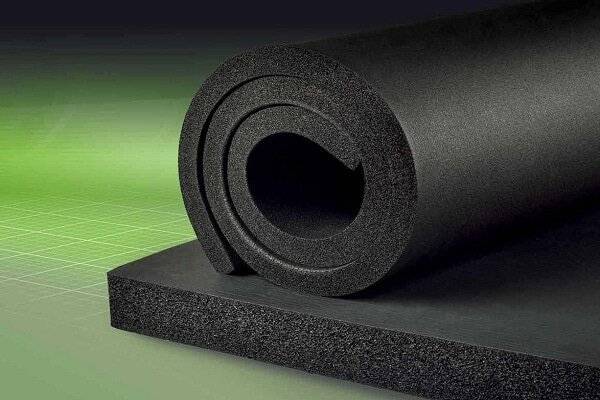
Nitrile-butadience Rubber
Acrylonitrile butadiene rubber (NBR), usually shortened to nitrile, is an unique elastomer. It can be produced by free-radical emulsion polymerization of butadiene with 15 to 45 percent acylonitrile either hot (hot rubber) or cold (cold rubber). NBR grades with high acrylonitrile content have better oil and abrasion resistance, whereas grades with low acrylonitrile content have better low temperature flexibility and resilience. In general, nitrile rubbers have only moderate physical properties but good abrasion and excellent oil and hydrocarbon solvent resistance. However, they are not suitable for use with polar solvents.
Types of Nitrile-butadience Rubber:-
- Kumho – KNB 35L
- Lanxess – 3445 Perbunan
- Russian – 3345 Nancar
- Zeon – 1052
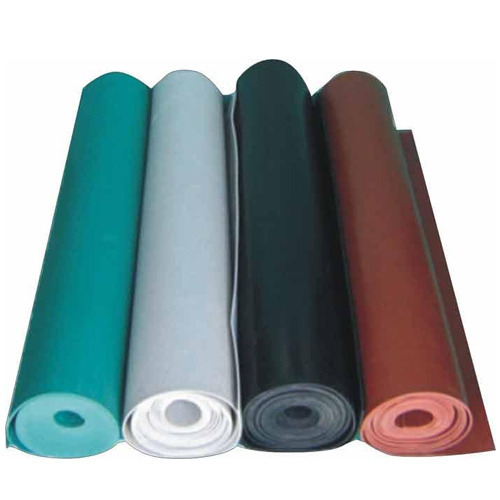
Chloroprene Rubber(Neoprene)-CR
Chloroprene rubber (CR) is a synthetic rubber that is also known by the trade name Neoprene. CR has a good balance of properties, including good chemical stability and usefulness over a wide temperature range.The chlorine in the polymer reduces the reactivity to many oxidizing agents and thus improves its chemical resistance.
Types of Chloroprene Rubber(Neoprene)-CR:-
- B 30
- Bayprene 100
- CR 232
- Recycle Chloroprene Rubber

Silicone Rubber
Silicone rubber is an elastomer composed of silicone containing silicon together with carbon, hydrogen, and oxygen. Silicone rubbers are widely used in the automotive industry, and there are multiple formulations. Silicone rubbers are often one- or two-part polymers, and may contain fillers to improve properties or reduce cost. Silicone rubber is generally nonreactive, stable, and resistant to extreme environments and temperatures from − 55°C to 300°C (− 67 to 572°F) while still maintaining its useful properties. Due to these properties and its ease of manufacturing and shaping, silicone rubber can be found in a wide variety of products, such as automotive applications, cooking, baking, electronics, medical devices, and implants.
Types of Silicone Rubber:-
- 30 to 80 (hardness)
- High tear & high tensile
- Food grade (USA & UK)
Carbon Black
Carbon Black, any of a group of intensely black, finely divided forms of amorphous carbon, usually obtained as soot from partial combustion of hydrocarbons, used principally as reinforcing agents in automobile tires and other rubber products but also as extremely black pigments of high hiding power in printing ink, paint, and carbon paper.
Types of Carbon Black:-
- ASTM Grade Rubber Carbon Black
- Specialty Carbon Black (KP103,107,111,202,203,20 5)
- MRG Grade Carbon Black ( RG 223,,225,227, )
- MT Black
- Austin Black
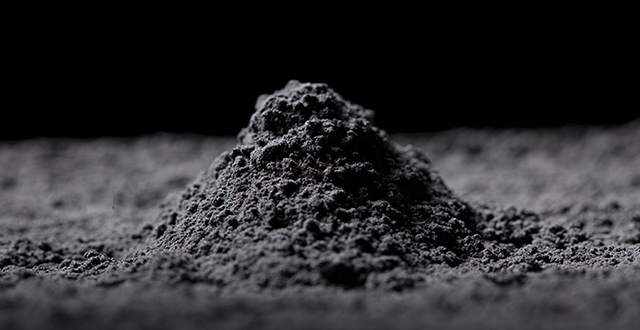
Silica
Precipitated silica is an amorphous form of silica (silicon dioxide, SiO2); it is a white, powdery material. Precipitated silica is produced by precipitation from a solution containing silicate salts.
Types of Silica:-
- Precipitated Silica 175 powder
- Precipitated Silica 175 G(gradual)
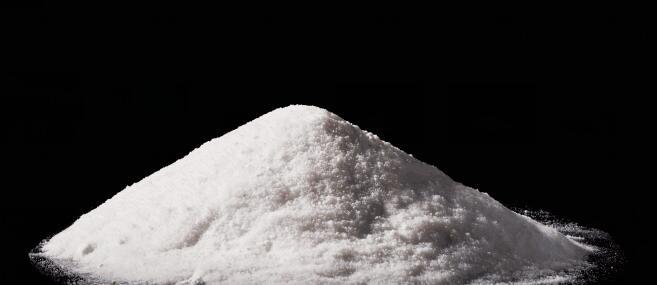
Rubber Chemicals
Rubber Chemicals are chemicals used in the manufacturing of different rubber products, and help in enhancing strength, durability and elasticity of the rubber. Rubber Chemicals are basically used by manufacturers who convert Natural/Synthetic Rubber into finished products.
Types of Rubber Chemicals:-
- Antioxidant
- Pre Vulcanization Inhibitors
- Post Vulcanization Stabilizer
- Accelerators
- Specialty Accelerators
- Anti degradants
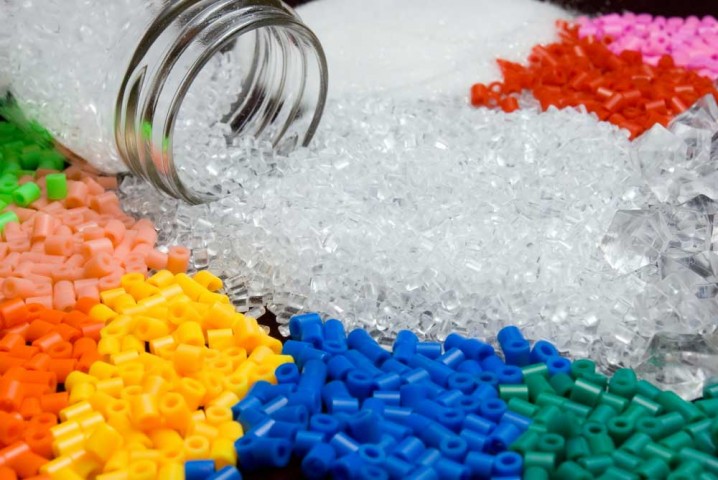
White Fillers
In its most general sense, a filler is a fine solid that is used to increase weight or size or to fill a space. Although the original aim was to reduce product costs, nowadays selective functional fillers capable of modifying the mechanical, electrical, and/or optical properties of the materials in which they are dispersed are preferred.
Types of White Fillers:-
- Zinc Oxide
- Calcium carbonate
- Titanium dioxide
- Silica
Uses of White Fillers:-
- Ground Calcium Carbonate
- Precipated caco3
- China Clay:- #300 mesh
#500 mesh - Talc Powder:- #300 mesh
#500 mesh - Whiting Powder:- #300 mesh
#500 mesh
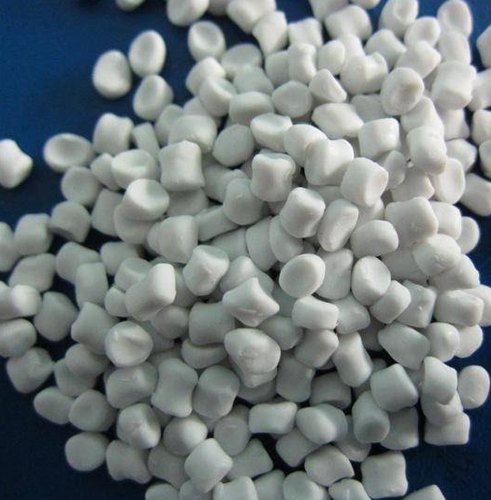
Sulphur Powder
Sulfur (S), also spelled Sulphur, nonmetallic chemical element belonging to the oxygen group (Group 16 [VIa] of the periodic table), one of the most reactive of the elements. Pure sulfur is a tasteless, odourless, brittle solid that is pale yellow in colour, a poor conductor of electricity, and insoluble in water. Sulphur powder is available in different size of packing.
Uses of Sulphur Powder:-
- Used for manufacturing chemical
- Used for rubber products
- Used for latex tire industries, etc.
